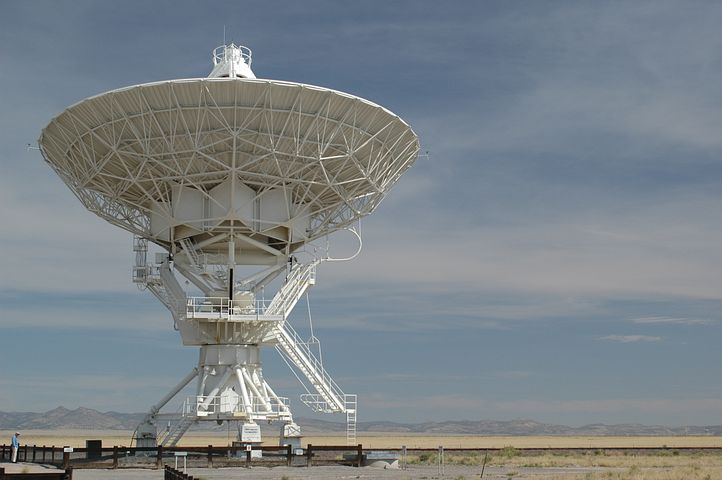Weather Radar has the remarkable ability to reveal the invisible world of atmospheric phenomena. It goes beyond simply detecting rain or snow; it can also capture the intricate structures and dynamics of storms. This technology enables meteorologists to identify severe weather features like supercells, squall lines, and mesocyclones, aiding in accurate forecasting and warning systems. One of the most significant advancements in weather radar is dual-polarization capability. By transmitting both horizontal and vertical radio waves, it provides valuable insights into the size, shape, and composition of precipitation particles.
This information helps distinguish between rain, snow, hail, and even identify tornadoes and thunderstorm rotation. Additionally, Weather Radar is instrumental in tracking and monitoring hurricanes and tropical storms. By analyzing the radar echoes, meteorologists can determine the storm’s size, structure, and intensity, allowing them to issue precise forecasts and timely warnings. Weather radar continues to evolve, empowering scientists and forecasters to delve deeper into the complexities of the atmosphere and improve our understanding of weather patterns, ultimately enhancing our ability to protect lives and property.
Weather Radar systems emit pulses of microwave radiation that travel through the atmosphere. When these pulses encounter precipitation particles, such as raindrops, snowflakes, or hailstones, they scatter in various directions. A portion of this scattered energy is reflected back towards the radar receiver, forming a return signal known as “echo.”
The radar system analyzes the echo to determine the intensity, location, and movement of precipitation. By sending out multiple pulses and analyzing the time it takes for the echoes to return, the radar can create a 2D or 3D map of the precipitation pattern.
To improve accuracy, weather radars use various polarization techniques, which help differentiate between different types of precipitation. Dual-polarization radar, for example, can distinguish between rain, snow, and hail, providing valuable insights into the type of precipitation and its potential impact.
Weather Radar has numerous applications across various sectors. Meteorologists rely on radar data to monitor and forecast severe weather events, such as thunderstorms, hurricanes, and winter storms. The ability to track storm cells, identify their movement, and estimate precipitation rates allows for timely warnings and preparedness measures.
Weather Radar is also instrumental in aviation, providing pilots with real-time information about hazardous weather conditions. By detecting areas of heavy precipitation, turbulence, or icing, radar helps pilots choose safer flight paths and avoid dangerous weather phenomena.
Additionally, weather radar plays a vital role in hydrological monitoring and flood forecasting. By continuously monitoring precipitation patterns and estimating rainfall accumulations, radar data helps predict river levels, identify potential flood zones, and issue early warnings to communities at risk.
Weather Radar serves as a critical tool in disaster management, allowing authorities to anticipate and respond effectively to natural disasters. When severe weather threatens, radar data aids in evacuations, resource allocation, and coordination of emergency response efforts.
During wildfires, weather radar provides valuable information on wind patterns, helping firefighters predict fire spread and allocate resources accordingly. By tracking convective storms, radar can also help identify areas prone to lightning strikes, reducing the risk of fire outbreaks.



